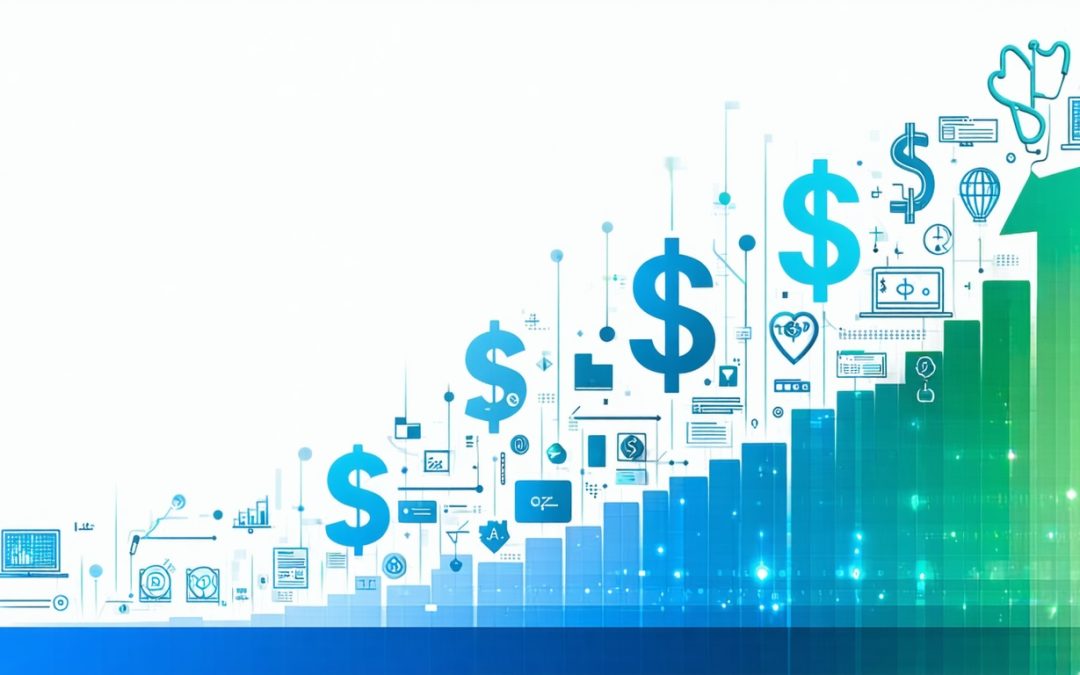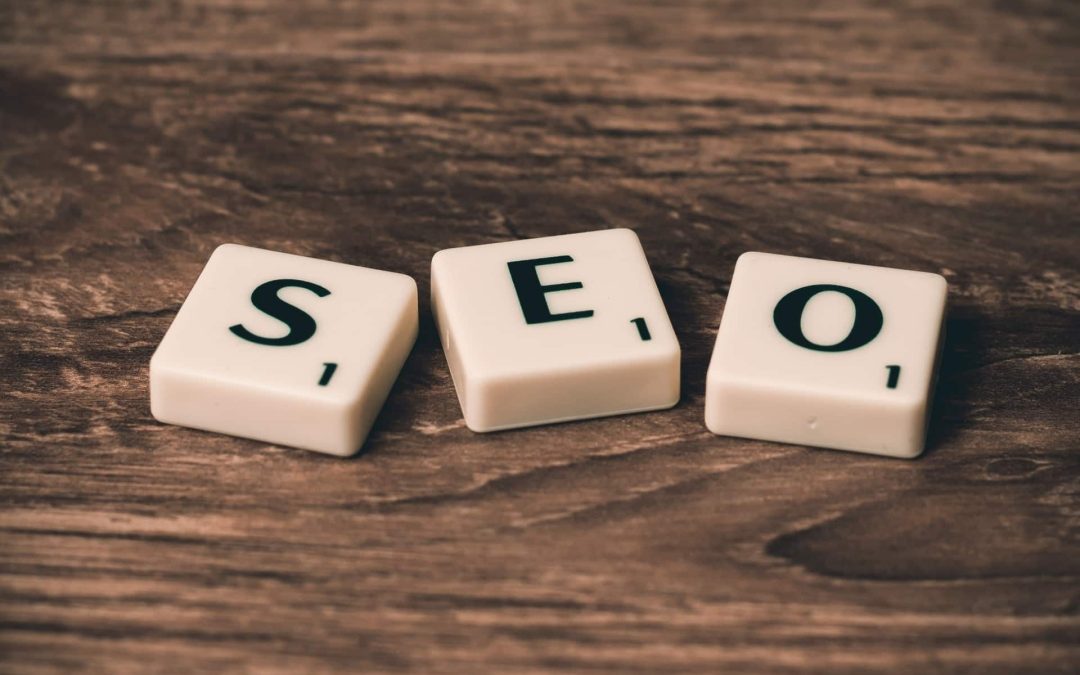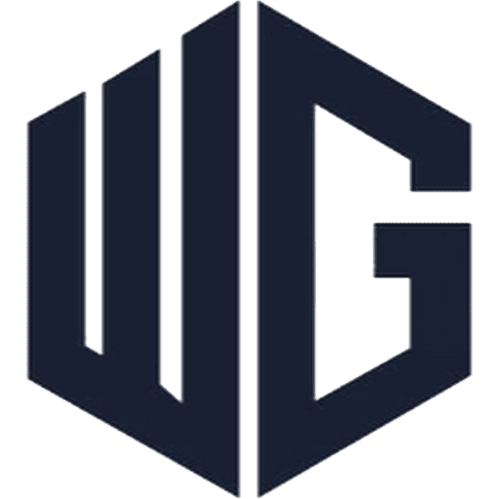When it comes to search engine optimization (SEO), on-page optimization is a crucial aspect that cannot be overlooked. On-page optimization involves optimizing the elements on a website to improve its visibility and ranking on search engine result pages (SERPs). This article outlines the importance of on-page optimization and provides cost-effective tips to help improve your website’s rankings.
Overview of on-page optimization
On-page optimization refers to the various techniques used to optimize the content and structure of a website to make it more search engine friendly. These techniques include optimizing the website’s content, meta tags, images, header tags, internal linking, mobile optimization, and page speed among others. On-page optimization is essential for improving a website’s visibility and ranking on SERPs, which can lead to increased organic traffic, better user experience, and improved search engine ranking. In contrast, poor on-page optimization can lead to a decrease in organic traffic, a high bounce rate, and poor user experience. Therefore, on-page optimization is one of the fundamental SEO best practices that every website owner should embrace.
In the next section, we will discuss the importance of on-page optimization and the benefits it offers to your website.
Importance of On-Page Optimization
On-page optimization is a crucial aspect of any SEO strategy. It involves optimizing the content and HTML source code of a web page to improve its search engine ranking. A well-optimized page not only drives more organic traffic but also delivers a better user experience.
1. Better User Experience
User experience (UX) plays a vital role in the success of any website. A well-optimized page ensures that visitors can easily navigate and find what they are looking for. This improves the overall user experience, reducing bounce rates and increasing the time spent on the site. The better the user experience, the more likely visitors are to convert into customers or take the desired action.
2. Increased Organic Traffic
On-page optimization helps search engines understand the content of a web page better. This enables them to match a page with relevant user search queries, leading to increased organic traffic. When a page is optimized for specific keywords, it is more likely to rank higher in search engine results pages (SERP). This means more visibility for a website, which in turn results in more clicks and traffic.
3. Improved Search Engine Ranking
Search engines use a complex algorithm to determine the relevance and authority of a website. On-page optimization is an essential factor in how search engines rank a website. By optimizing the content and HTML source code of a page, search engines can better understand the content and relevance of a page. This, in turn, can improve a website’s search engine ranking and drive more traffic to the site.
In summary, on-page optimization is an invaluable part of any SEO strategy. It not only improves a website’s search engine ranking but also delivers a better user experience and drives more organic traffic. By focusing on keyword research and analysis, title tags and meta descriptions, header tags and content structure, internal linking, image optimization, mobile optimization, and page speed optimization, a website can achieve its SEO goals.
On-Page Optimization Strategies
On-page optimization is a crucial component of any SEO strategy, and there are several strategies that can help improve the ranking and visibility of a website in search engines. Some of the most effective on-page optimization strategies include:
3. Keyword Research and Analysis
Keyword research and analysis is the process of identifying the words and phrases that people use to search for products or services in a particular industry. By understanding the keywords that are most relevant to their business, website owners can optimize their content to attract more traffic and improve their search engine rankings. Tools like Google Keyword Planner and SEMrush can help with this process.
4. Title Tags and Meta Descriptions
Title tags and meta descriptions are HTML elements that provide information about a webpage to search engines and users. They should be optimized with relevant keywords and compelling copy to attract clicks from search engine users. Title tags and meta descriptions should be unique for each page of a website and should accurately describe the content of the page.
5. Header Tags and Content Structure
Header tags (H1, H2, H3, etc.) and content structure are important for both user experience and SEO. Headers provide structure to content and make it easier for users to read and understand. They also help search engines understand the hierarchy and relevance of content on a page. Content structure should be organized logically, with clear headings and subheadings to break up text and make it more scannable.
6. Internal Linking
Internal linking refers to the practice of linking to other pages within a website. Internal links can help users navigate a website and find relevant content, and they also help search engines understand the structure and hierarchy of a website. Website owners should aim to link to relevant pages within their own website wherever possible.
7. Image Optimization
Image optimization involves optimizing images on a website to improve page load times and user experience. This includes compressing images to reduce file size, using descriptive file names and alt tags, and ensuring that images are properly sized and formatted.
8. Mobile Optimization
Mobile optimization is the process of optimizing a website for mobile devices. This includes using responsive design to ensure that a website is easily accessible and navigable on mobile devices, optimizing images and videos for mobile, and ensuring that page load times are fast.
9. Page Speed Optimization
Page speed optimization involves improving the load times of a website’s pages. This can be achieved through a variety of techniques, such as compressing images and videos, minifying CSS and JavaScript files, and reducing the number of HTTP requests. Improving page speed can improve user experience and search engine rankings.
By implementing these on-page optimization strategies, website owners can improve their search engine rankings, increase organic traffic, and provide a better user experience for their audience.
Cost-Effective On-Page Optimization Tips
When it comes to on-page optimization, there are some cost-effective techniques that can help you improve your website’s ranking without breaking the bank. Here are some tips that can help you get started:
10. Create Quality Content
In the world of SEO, content is king. Creating quality content that offers value to your readers can help you improve your website’s ranking and attract more visitors. By providing useful information, you can establish your website as a reliable source of information in your industry.
However, creating quality content is not just about writing informative articles. You also need to make sure that your content is SEO-friendly. This means optimizing your content by including relevant keywords in your headings and body copy, as well as using meta descriptions and title tags that accurately describe your content.
11. Optimize for Long-Tail Keywords
Long-tail keywords are specific phrases that people use when searching for information online. By optimizing your content for long-tail keywords, you can attract more targeted traffic to your website. Long-tail keywords are often less competitive than shorter keywords, making them easier to rank for.
To find long-tail keywords, you can use free SEO tools like Google Keyword Planner or Ubersuggest. Once you have identified the keywords you want to target, make sure to include them in your content in a natural way.
12. Utilize Free SEO Tools
There are many free SEO tools available that can help you optimize your website for search engines. For example, Google Analytics can help you track your website’s traffic and identify areas of improvement. Google Search Console can help you monitor your website’s performance in search results and identify any errors that need to be fixed.
Other free SEO tools you can use include MozBar, SEMrush, and Ahrefs. These tools can help you analyze your website’s backlinks, identify high-performing keywords, and track your competitors’ rankings.
Regularly Update Your Content
Search engines love fresh content. By regularly updating your website with new content, you can signal to search engines that your website is active and up-to-date. This can help improve your website’s ranking and attract more visitors.
Regularly updating your content can also help you provide more value to your readers. You can add new blog posts, update your product pages, or create new landing pages to target specific keywords.
In conclusion, on-page optimization is an essential part of any SEO strategy. By implementing these cost-effective techniques, you can improve your website’s ranking and attract more targeted traffic to your website. Don’t forget to also check out our article on SEO best practices for more tips on improving your website’s visibility in search results.
On-Page Optimization Mistakes to Avoid
While on-page optimization can significantly improve a website’s search engine ranking, certain mistakes can have the opposite effect. Here are some of the most common on-page optimization mistakes to avoid:
13. Keyword Stuffing
Keyword stuffing involves cramming as many keywords as possible into a piece of content, with the aim of improving its search engine ranking. However, search engines now penalize websites that use this tactic, and it can also make the content difficult to read for users. Instead, focus on creating valuable and informative content that naturally incorporates relevant keywords.
14. Duplicate Content
Duplicate content refers to content that appears on multiple pages of a website or on different websites. This can confuse search engines and negatively impact a website’s search engine ranking. To avoid this mistake, regularly check for and remove duplicate content from your website.
15. Broken Links
Broken links are links that lead to pages that no longer exist or have been moved. They can harm a website’s user experience and negatively impact its search engine ranking. To avoid this mistake, regularly check for and fix broken links on your website.
16. Slow Page Speed
Slow page speed can lead to a poor user experience and negatively impact a website’s search engine ranking. To improve page speed, optimize images, minify CSS and JavaScript files, and use a content delivery network (CDN).
By avoiding these common on-page optimization mistakes, a website can improve its search engine ranking and provide a better user experience. For more tips on SEO best practices, check out our other articles on technical SEO, content marketing strategies, landing page optimization, and link building strategies.
Conclusion
On-page optimization is a crucial element in achieving successful SEO. Implementing the strategies mentioned in this article will help improve website visibility, user experience, and search engine ranking. By conducting keyword research, optimizing title tags, meta descriptions, header tags, content structure, internal linking, images, mobile, and page speed, your website will be in good shape to rank higher in search results.
Remember to avoid on-page optimization mistakes such as keyword stuffing, duplicate content, broken links, and slow page speed. By creating quality content, optimizing for long-tail keywords, utilizing free SEO tools, and regularly updating your content, you can achieve cost-effective on-page optimization.
In summary, effective on-page optimization is a combination of technical and creative elements that work together to improve your website’s visibility and performance. By following SEO best practices, you can achieve a higher ranking, increased traffic, and better user engagement. To learn more about SEO and its related topics, visit WebGorgeous for insights on local SEO, technical SEO, conversion rate optimization, content marketing strategies, landing page optimization, link building strategies, international SEO, mobile SEO, and affordable website design.












0 Comments